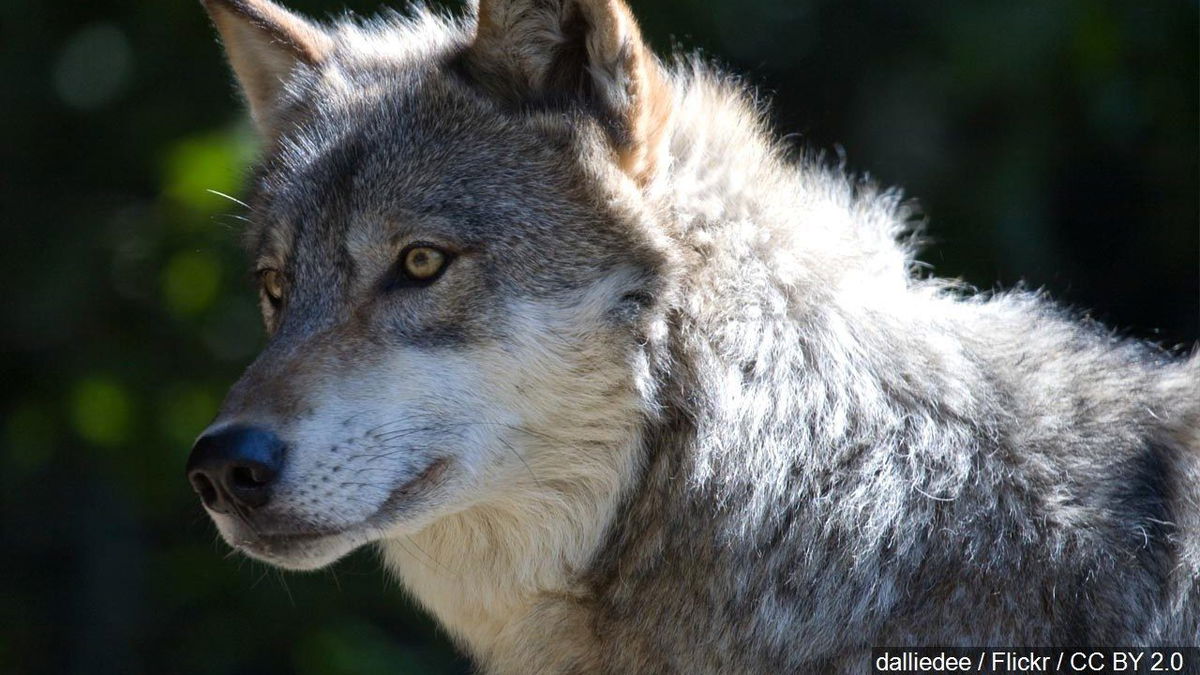Conservation groups ask Washington state to kill less wolves

SPOKANE, Wash. (AP) - Conservation groups on Monday asked the Washington Fish and Wildlife Commission to sharply limit the number of endangered wolves that are killed over conflicts with livestock.
The state has killed 31 wolves since 2012, under a system that environmental groups contend favors ranchers over the animals.
""Washington's trigger-happy wolf program favors livestock owners and ignores sound science," said Sophia Ressler, an attorney at the Center for Biological Diversity. "It's a broken system.""
Officials for the Washington Department of Fish and Wildlife did not immediately respond to a request for comment.
The conservation groups want the wildlife commission to amend its rules to require that livestock producers use appropriate non-lethal deterrence methods to prevent conflict between livestock and wolves. The new rules would ensure that the state kills wolves only as a last resort.
The petition also proposes additional restrictions in areas where there have been repeated conflicts, such as the Kettle River Range in northeastern Washington state.
Of 31 wolves killed by the state since 2012, 26 were shot in the Kettle River Range on behalf of the same rancher.
"Wolf pack after wolf pack has been slaughtered in the Kettle River Range, but wolves keep coming back," Ressler said. "It's a horrendous example of the futility of Washington's wolf policies."
According to the state's recent annual wolf report, a new pack has already established itself in the same area where the department previously wiped out wolf packs in 2019, 2017 and 2016.
The commission has 60 days to respond to the petition. If it's denied, conservationists may appeal the decision to Gov. Jay Inslee, who has told the department that repeated killing of wolves in the same area is "simply unacceptable."
If the petition is granted, the commission would seek public comment on the new rules.
The environmental groups involved include Cascadia Wildlands, WildEarth Guardians and Western Watersheds Project.
"Livestock grazing on public lands can't be a death sentence for Washington's native wolves," said Jocelyn Leroux, Washington and Montana director at Western Watersheds Project. "The burden should not be on native wildlife to adapt."
Washington's wolf population was virtually wiped out in the 1930s, but the animals eventually moved back into the state from Idaho and Canada. The state documented a pack in Okanogan County in 2008. Since then, the number of wolves has increased every year.
The DFW recently estimated that the wolf population grew in 2019 to an estimated 145 wolves in 26 packs. That compared to 126 wolves in 27 packs in 2018.
Gray wolves have been classified as endangered in all or part of Washington since 1973.
In 2011, the U.S. Fish and Wildlife Service ended Endangered Species Act protection for wolves in the eastern third of the state but preserved it for those in the western two-thirds.
Under state law, wolves were listed as endangered in 1980 and have retained that status statewide.






